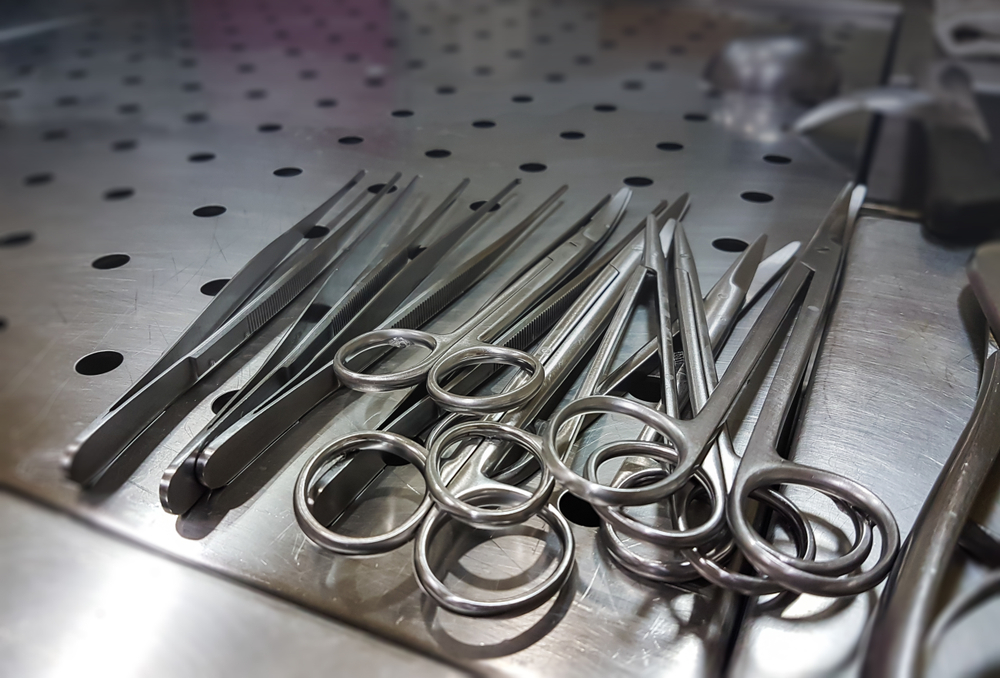Do They Put Your Organs Back in After an Autopsy?
Posted by Quiring Admin on December 21, 2022

If an autopsy has to be performed on a loved one, the process can be very distressing. Typically, these investigations are performed during a time of trauma, so it is understandable if you simply don't want to know what happens during this process. For some people, knowing the details causes further grief and anguish.
Other people, however, find a small measure of comfort in knowing exactly what happens during this process. If you're one of these people, it's completely understandable that you have questions about the entire autopsy process.
Questions about autopsy are very common, yet all too often people are too nervous to ask in public out of fear that they might upset or offend others. One of the most common questions people have is what happens to the organs that are removed during an autopsy.
Please note that this article does go into detail about this procedure, so please use good judgment when deciding how far you want to go in reading it.
Are All of the Organs Removed During an Autopsy?
Typically, a medical examiner knows as little as possible about the circumstances of the death as possible. This is done so that the medical examiner will have as little bias as possible when performing the autopsy. It is likely that that the medical examiner may have heard about a criminal case, be privy to other medical information, or simply have their own biases, however.
Since these reports are often used in court cases, most medical examiners prefer to use a preset method to conduct all of their examinations. By following the same set of steps every time, they are able to show that their report is no different than any other report they have filed in the past. By having all autopsies follow the same set of steps, medical examiners can compare their reports with other examiners.
Because of this, it is relatively safe to generalize what will happen during a medical examiner's autopsy of your loved one. Failure to follow standard procedures during an autopsy would be a large breach of proper protocols and could result in the medical examiner being in a lot of trouble.
After conducting tests on blood and tissue samples, the coroner will have to examine each organ in the body. In order to do this, most of the organs are removed. They are weighed, photographed, and then examined for signs of disease and damage. In some cases, tissue samples may be taken in order to look for chemical poisons, abnormalities, or drugs.
Keep in mind that this is one of the last steps in an autopsy. Prior to this, everything about the body as a whole that should be documented is examined. This is because as soon as organs are removed, it becomes much more difficult to perform examinations of the whole body.
How are All of the Organs Returned to the Body?
A medical examiner will make every effort to do as little damage as possible to the body. This is largely due to the fact that if another autopsy or other type of examination needs to be made, it is ideal to have the body and all of its organs in as good of condition as possible. Contrary to what many TV shows would lead people to believe, medical examiners truly do try to do as little damage as possible.
This means that once an autopsy is completed, the medical examiner will place all of the organs back into the body. The organs are placed back in as close to their original positions as possible. This is done for several reasons:
Returning the body back to its natural state is conducive to future examinations. If any further examinations need to be done, having the organs back in their original places will help to facilitate that research.
The organs need to be disposed of. Most medical examiners have relatively little storage room, so there is virtually no reason to hold on to the organs. Proper disposal of the organs is costly, so returning them to the body before it is sent to the funeral home makes physical and financial sense.
Organs won't fit any other way. Larger organs will only fit into the body a certain way. If they are not placed back into their "proper" position, the rest of the organs won't fit.
Be aware that returning the organs to the body is standard practice, but there are some very limited exceptions in which this might not be possible. In extremely rare instances, an organ may be so badly damaged that it cannot be returned to the body. In other cases, an organ may need further testing, necessitating that it is not returned immediately to the body.
If this is the case with your loved one, the medical examiner's office will inform the next of kin that there is a complication. Depending on the circumstances, however, they may or may not release all of the details.
For the vast majority of people, however, they can rest assured that their loved one is being buried with all of their organs. The funeral home will take steps to ensure that the damage to the body is well-hidden during any subsequent services.
You can create a meaningful custom headstones from Quiring Monuments; contact us today. Whatever option you choose, make sure you take the time to design a headstone that captures your essence and tells your story.

